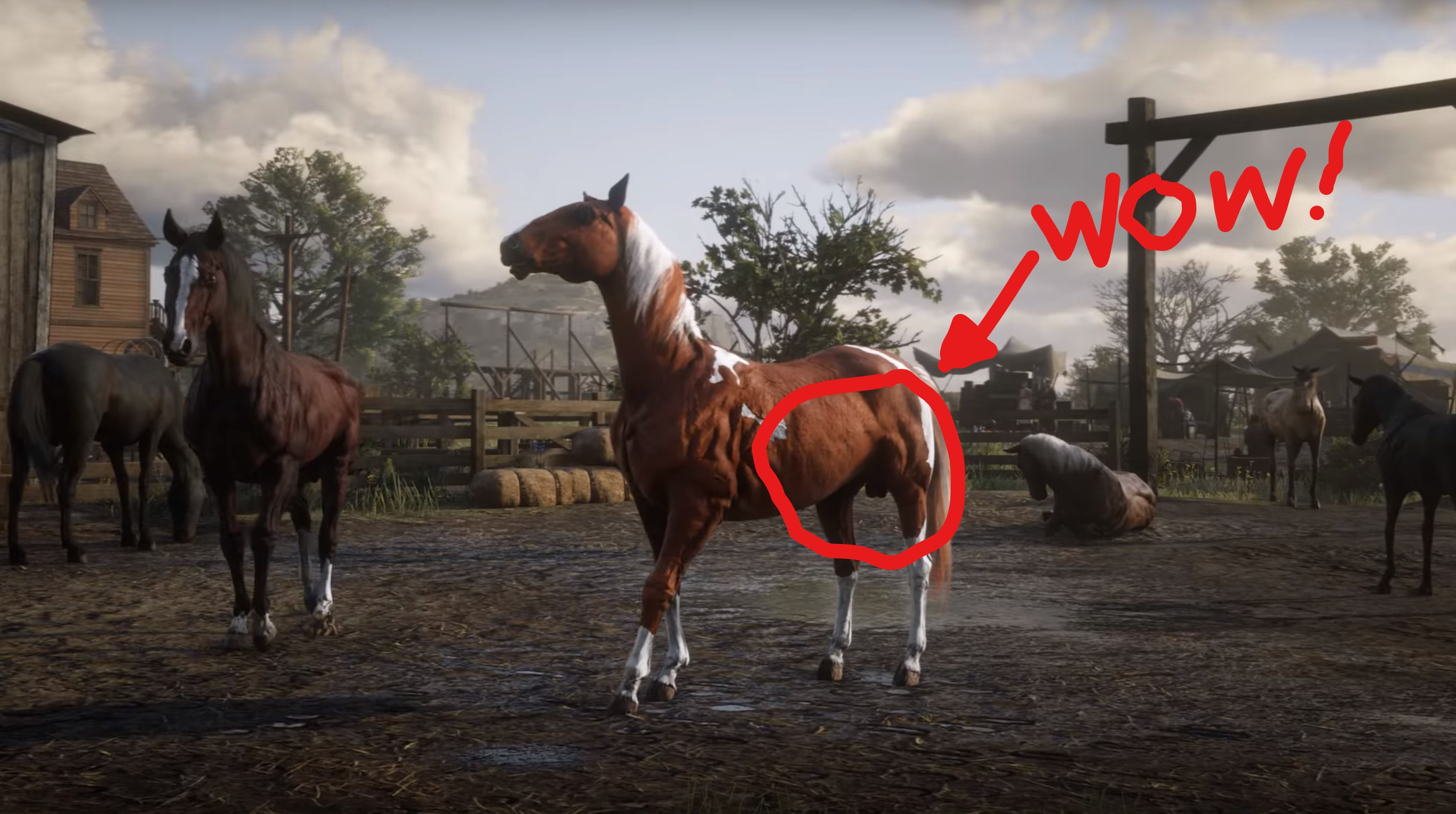Hot Horse Cum Videos - Unleash Your Fantasies!
Is the digital age blurring the lines of acceptable content? The internet, a vast and often unregulated expanse, continues to push boundaries, with certain corners showcasing content that challenges societal norms and legal frameworks.
The underbelly of the web reveals a landscape where explicit material, often described as "beastiality porn," thrives. This content, which includes depictions of sexual acts involving animals, raises serious ethical and legal concerns. Platforms known for hosting such material offer a wide selection of videos, including themes centered around "sex horse," "dog porn," and other forms of animal sexual exploitation. The accessibility of this content, coupled with its often graphic nature, has sparked a global debate about censorship, free speech, and the protection of vulnerable individuals and animals.
In the Richmond area, particularly near Exit 69 south off Interstate 95, one finds access to areas such as Commerce Rd, Bellemead Rd, Bells Rd, Broad Rock Creek, and other destinations. While these locations are not directly linked to the aforementioned content, they do exist within the same geographic sphere. It is important to note that the presence of explicit material online transcends geographical boundaries, impacting communities worldwide. The focus now shifts to how these resources are used and how accessible they are to the public.
Content often surfaces with vivid descriptions and imagery, creating shock value and driving further exploration. Scenes described include graphic sexual acts between humans and animals, highlighting the extent to which this content seeks to push and test the norms of society. The language is often explicit and the actions are depicted with a level of detail that can be deeply disturbing to many viewers. There are descriptions of various acts, from a "redhead" enjoying "horse dick" to a "milf creampied by horse cum." These graphic details serve as attention-grabbing devices, drawing viewers into a world that is far removed from mainstream cultural norms.
The accessibility of this content is facilitated by various online platforms and video tubes. These platforms often act as distribution centers, offering a wide selection of material. The ease with which individuals can access such content poses significant challenges for regulatory bodies and parents concerned about the well-being of children. Websites frequently update their content, adding new videos, such as those featuring "girl takes horse load" and "horse cum." This constant stream of fresh content ensures that these platforms remain attractive and keep their audience continually engaged. The dynamic nature of the internet further complicates efforts to regulate the flow of information and protect vulnerable individuals.
Another aspect is the constant cycle of renewal and adaptation in the digital world. The platforms and providers of this material use search engine optimization and other online marketing tactics to ensure that their content remains discoverable. There is a constant influx of new material, with videos and compilations uploaded daily. The phrase "New videos added today!" is often used to entice viewers and keep them coming back for more. Furthermore, the platforms actively leverage keywords and search terms to cater to specific fetishes and interests. This process increases their visibility and popularity within the online world.
The legal and ethical ramifications of this content are significant and multifaceted. Many countries have laws prohibiting the production, distribution, and possession of child pornography and animal abuse content. Enforcement of these laws is challenging, and authorities struggle to keep pace with the rapid expansion of the internet and the sophistication of those who produce and share these materials. Furthermore, there are complex questions about free speech and censorship, as individuals and advocacy groups fight to balance the desire for free expression with the need to protect vulnerable populations and uphold societal values.
The debate over the content also extends to the potential impact on mental health and societal norms. Critics argue that exposure to such material can desensitize individuals to violence, objectify animals, and normalize deviant behavior. The potential for psychological harm and social disruption is significant, underscoring the need for thoughtful and comprehensive measures to address the issue. There is much discussion about the impact such content has on how people view animals and the ethical standards by which they live their lives.
The issue extends to how different age groups and individuals interact with the content, in that the content is readily available. Platforms often lack age verification mechanisms and safeguards. This increases the potential for children and adolescents to inadvertently stumble upon this material, exposing them to potentially harmful content. The lack of effective regulation and the pervasive nature of online platforms present significant challenges to parents and caregivers, as well as educators, who struggle to protect young people from the unwanted aspects of the digital world.
The rapid evolution of technology has further complicated the issue. The rise of virtual reality and augmented reality has created new opportunities for creators to produce immersive and realistic content. Artificial intelligence and deepfake technology are also being used to create convincing depictions of explicit acts, making it more difficult to determine the authenticity and origin of the material. These advances raise critical questions about how we define and regulate harmful content in the future. They also present new challenges to those responsible for creating and disseminating information.
The narrative around this type of content is often accompanied by phrases like "You will find all your kinky fantasies!" and "So sexy and hot!" These statements promote the content by using suggestive language. These phrases serve to engage the viewer and encourage them to explore the content further. The marketing tactics often focus on arousal and excitement, creating a perception that the content is thrilling and desirable. This approach contrasts sharply with the serious ethical and legal concerns raised by the content itself.
The location of "Horse Cum rd" being closed for investigation underscores the real-world implications of the digital world's contents. The online and offline intersect, and the issues of digital content bleed into the actual world. It shows the significance of the problem.
The use of terms such as "beastiality," "zoophilia," and other related terms highlights the specific nature of the content and reveals the interests of the audience. The inclusion of these terms makes it easier for individuals to find the content and ensures it reaches the intended audience. This strategy raises questions about the role of language and labeling in shaping public discourse and perceptions of harmful activities.
The intersection of content with the mention of individuals, like "Tim Walz," illustrates how specific people can be caught in the storm. The mention highlights the diverse ways online content can affect individuals.
The continuous addition of new content such as: "Extreme porn videos for horse cum," "New videos about horse cum added today!" and "Extreme porn videos for hardcore horse cum," highlights the constant updating and expansion. It also adds to the potential harm to both viewers and subjects.
Phrases such as: "Watch how that lovely juices fly in the air, and hits her face with splashes, and flies directly in her open mouth", and "Then she is gurgeling the cum in her throat, before they share the juices !!" reveal the explicit depictions, emphasizing the importance of ethical consideration and legal frameworks.
As the conversation continues, it's crucial to look at the underlying causes of this content's appeal, and also the strategies that might be used to counteract its spread. This includes promoting digital literacy, working with online platforms, and fostering open discussions about our collective responsibility in shaping the online world.
In light of the above facts, let's examine a hypothetical scenario about a fictional character linked to the content.
Let's invent a fictional character who, due to the nature of the search terms and the associated content, has been falsely associated with the subject matter. To maintain anonymity and respect for privacy, the character will be referred to as "Alex". We'll examine their profile:
| Bio Data | Details |
|---|---|
| Name | Alex (Fictional) |
| Age | 35 |
| Nationality | American |
| Marital Status | Married |
| Children | Two |
| Location | Richmond, Virginia (Fictional) |
| Personal Information | Details |
|---|---|
| Interests | Animal Welfare, Photography, Gardening |
| Values | Compassion, Integrity, Family |
| Social Media Presence | Limited, mainly focused on animal rescue and local community events |
| Career & Professional Information | Details |
|---|---|
| Profession | Veterinarian |
| Employer | Local Animal Clinic (Fictional) |
| Professional Associations | American Veterinary Medical Association (AVMA) - Fictional Example for this case |
| Awards & Recognition | Local Animal Welfare Volunteer of the Year (Fictional) |
Reference: American Veterinary Medical Association (AVMA) (Fictional Example, actual link to illustrate professional association)
The fictional profile of "Alex" highlights the potential for the content to indirectly impact individuals with differing backgrounds and activities. The presence of search terms, geographical associations, and explicit content raises several issues. This fictitious scenario is a reminder of the far-reaching effects of online content. It also demonstrates the need for responsible online engagement and robust systems of content moderation.


